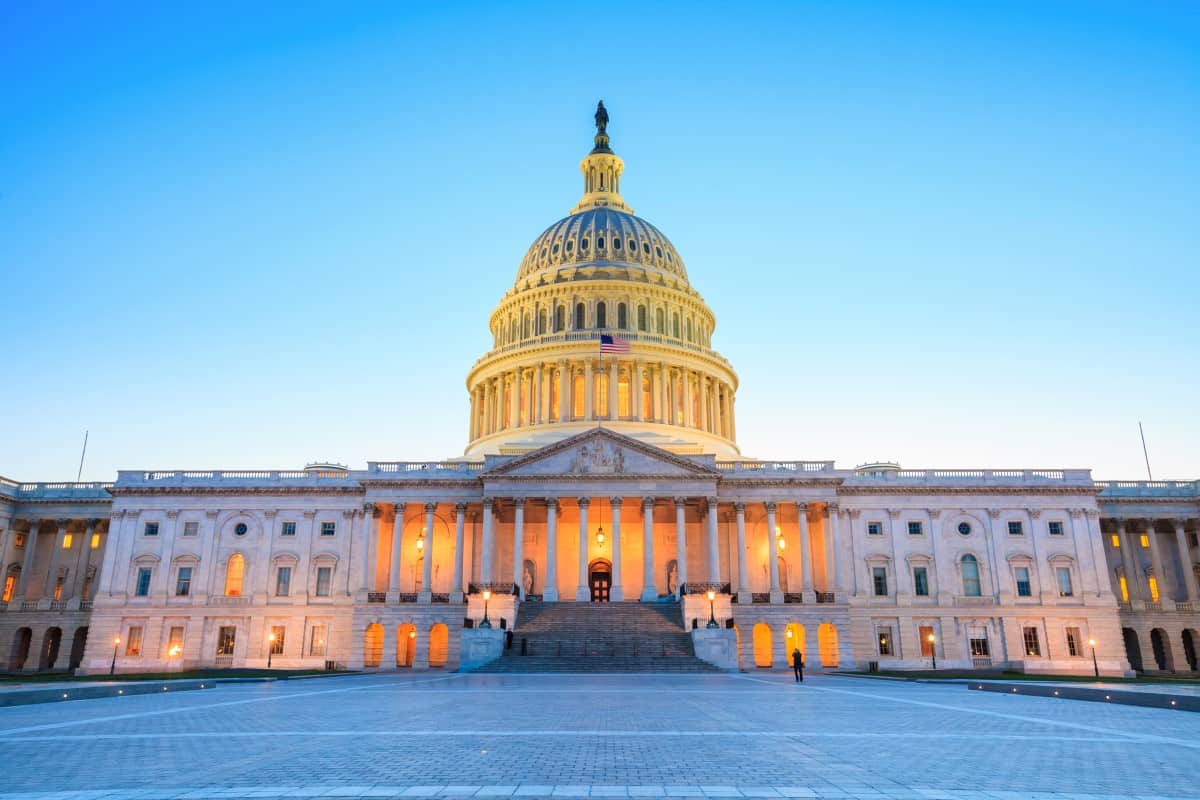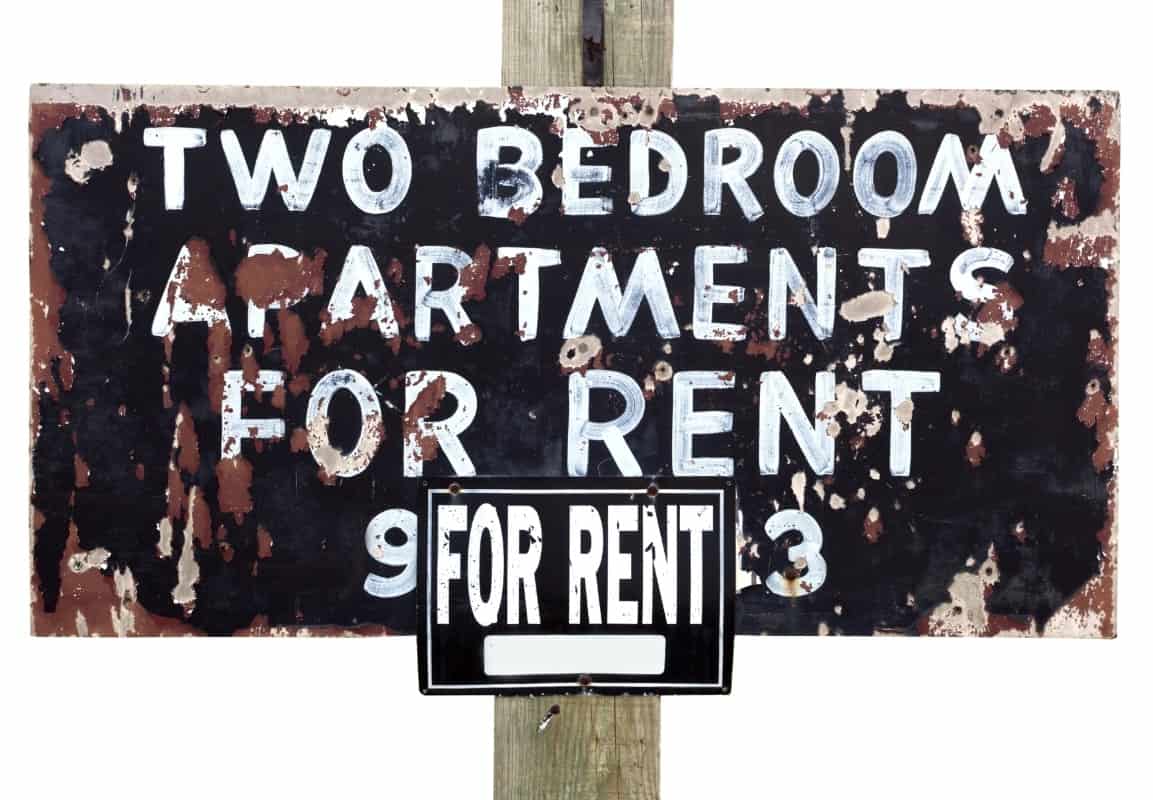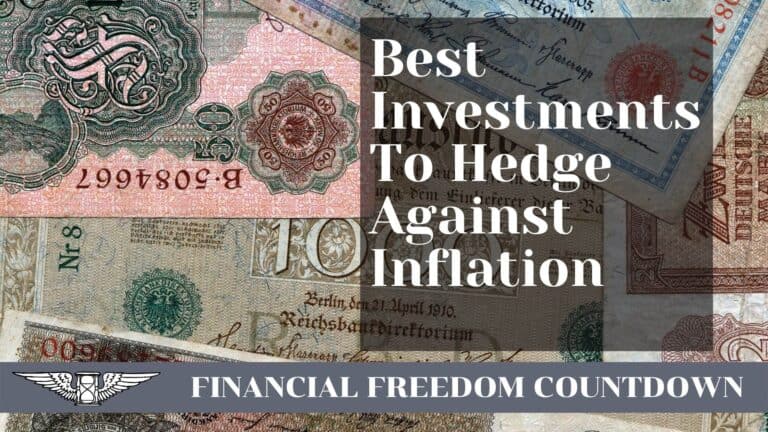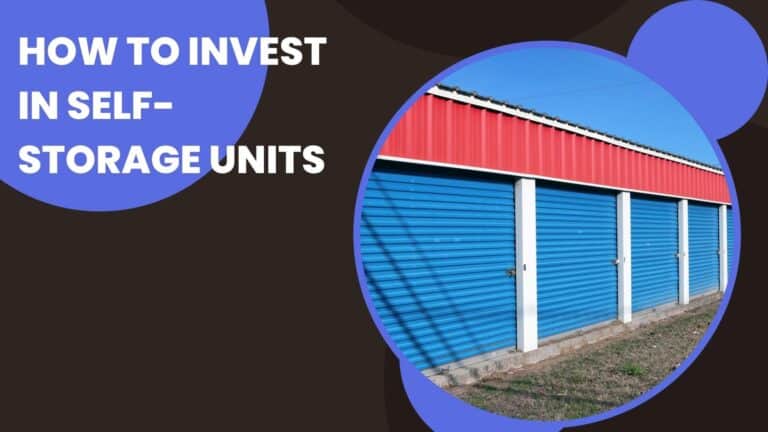Investors Snatch 26% of Affordable Homes, Crushing Dreams of Homeownership for Many

In the fourth quarter of 2023, real estate investors secured a whopping 26.1% of affordable homes sold in the U.S as per a Redfin report. This figure, a record high, marks a significant surge from the previous year’s 24%. Investors also acquired 13.6% of mid-priced homes (a slight decrease from 14.3% a year earlier) and 15.9% of high-priced homes (a slight increase from 15.4% a year earlier).
Why Are Investors Snapping Up Affordable Homes?

The attraction of affordable homes for investors is understandable. Like other homebuyers, they are enticed by the lower cost, especially in the face of skyrocketing home prices and borrowing expenses. However, this trend is worsening the already strained housing affordability, as the lower price tier, which should be within reach for potential homeowners, is being snatched up by investors, leaving fewer opportunities for those aspiring to build equity.
Notably, in the fourth quarter, low-priced homes made up a significant 46.5% of all investor purchases (down slightly from 47.2% a year earlier), mid-priced homes accounted for 24.6% (down from 26.4% a year earlier), and high-priced homes represented 28.8% (up from 26.5% a year earlier). This shift towards low-priced homes underscores the growing appeal of these properties for investors. This trend further drives up their prices and reduces their availability for potential homeowners.
Investors Are Not As Sensitive to High Rates As Homeowners

Most reasons contributing to the decline in investor purchases mirror the factors influencing regular homebuyers to step back. However, individual homebuyers showed a slightly quicker withdrawal than investors in the fourth quarter, potentially due to a spike in mortgage rates to their highest level in 23 years in October (although they have marginally decreased since then), leading to a surge in monthly mortgage payments for homebuyers.
Investors exhibit less sensitivity to mortgage rate fluctuations than regular buyers, primarily because many make cash payments. Nonetheless, investors still display some sensitivity, as they frequently resort to various loans to cover expenses related to home flipping and other activities.
Overall, Investor Purchases Dropped in the Fourth Quarter of 2023

Although investors snatched up a larger number of affordable housing units, the total number of homes purchased by investors (low, mid, and high priced) dropped.
In the fourth quarter, investor acquisitions of U.S. homes experienced a year-over-year drop of 10.5%, totaling 46,419—marking the lowest fourth-quarter figure since 2016. Concurrently, overall U.S. home purchases recorded a slightly more significant decline, decreasing by 12.2% to 251,462—the lowest fourth-quarter level since 2012. The decline in investor home purchases can be attributed to factors like high interest rates, escalated home prices, and a sluggish rental market, diminishing the profitability of real estate investments. Some investors have turned their funds into alternative investments with attractive returns and lower risk, such as Treasury bonds.
Investors Acquired Close to 20% of Homes Sold in the Fourth Quarter

In the fourth quarter, investors acquired 18.5% of U.S. homes sold, slightly increasing from the 18.1% recorded a year earlier. Their marginal market share rise is attributed to their slower retreat than individual buyers.
Single-family homes constituted over 68% of investor acquisitions. In the fourth quarter, single-family homes constituted more than two-thirds of investor acquisitions, accounting for 68.6% (compared to 68.8% a year earlier). Condos and co-ops comprised the second-largest share at 19.2% (compared to 17.9% a year earlier), followed by townhouses at 7.1% (compared to 8% a year earlier) and multifamily properties at 5.1% (compared to 5.3% a year earlier).
For individuals starting a family, single-family homes (SFH) are ideal starter homes for building a foundation of financial stability and net worth. SFHs often offer spacious layouts, providing ample room for a growing family. The sense of ownership and control over the property allows homeowners to create a stable and nurturing environment for their children. Moreover, the potential for property appreciation over time serves as a valuable asset for wealth accumulation, as the home can appreciate in value, contributing to long-term financial security and the ability to invest in larger properties or other assets as the family’s needs evolve. Choosing a single-family home as a starter residence is a practical decision for family life and a strategic step toward building lasting financial prosperity.
Congress Passing Laws

There is still uncertainty about the extent of investors’ impact on the housing market. Concerns persist that investors may negatively affect ordinary homebuyers by inflating costs and worsening the shortage of homes available for sale. In response to these concerns, some lawmakers are pushing for restrictions on tax benefits for large corporate investors engaged in home purchases.
Democratic lawmakers in both chambers of Congress proposed legislation aimed at preventing hedge funds from purchasing and holding single-family homes across the United States.
This legislation mandates that hedge funds, which include corporations, partnerships, or real estate investment trusts pooling investments from multiple contributors, sell their single-family home holdings within a 10-year timeframe. The bill also seeks to ultimately bar these entities from owning single-family residences. To enforce this transition, the proposal introduces severe tax penalties for the duration of this phase-out, intending to allocate these funds towards down-payment assistance for those buying homes from these corporate entities.
The proposed law, the End Hedge Fund Control of American Homes Act of 2023, can significantly disrupt a burgeoning real estate market segment and make more single-family homes available to individual buyers.
“You have created a situation where ordinary Americans aren’t bidding against other families, they’re bidding against the billionaires of America for these houses,” said Senator Jeff Merkley of Oregon, who introduced the bill with Representative Adam Smith of Washington. “And it’s driving up rents and it’s driving up the home prices.”
North Carolina Democrats Representatives Jeff Jackson and Alma Adams presented a new bill titled the American Neighborhoods Protection Act. This proposed legislation mandates that corporate entities owning over 75 single-family homes contribute an annual fee of $10,000 for each property. This fee would be directed into a housing trust fund intended to provide down payment assistance to families.
Given the current division in Congress, it is improbable that these bills will be enacted into law during this session.
States Taking Up the Mantle

With a Democrat supermajority, California may be one of the first states to enact regulation at the state level.
Senators and Assembly members have proposed several bills.
Assembly member Alex Lee of Milpitas has proposed Assembly Bill 2584, which prevents institutional investors from acquiring and renting out more single-family homes.
Senator Nancy Skinner, a Democrat from Berkeley and Chair of the Senate Housing Committee, has introduced Senate Bill 1212, which prohibits institutional investors from “purchasing, acquiring, or leasing” single-family homes or duplexes under any circumstances.
Additionally, Assembly Bill 1333, proposed by Assemblymember Ward, targets the growing trend of “build-to-rent” developments by banning developers from selling homes en masse to large investors. The state’s REALTORS association supports this measure since bulk sales exclude their members from the transaction process.
States Having Largest Number of Investors

Ironically, California doesn’t attract major national investors. The California Research Bureau reports that less than 2% of single-family homes statewide are owned by investors possessing ten or more properties.
Fresno County holds the distinction of having the greatest proportion of single-family homes under the ownership of large investors, at 5.9%. This situation in Fresno is atypical because the dominant owner in the area, JD Home Rentals, is a local company with around 2,000 homes concentrated within the region.
While the rankings of leading single-family rental markets can differ, cities like Atlanta, Georgia; Charlotte, North Carolina; and Jacksonville, Florida, consistently emerge as favorites.
The commonality among markets appealing to institutional investors includes fast-increasing populations and relatively affordable real estate prices compared to rental rates. These states also benefit from other states’ declining populations.
Impact of Investors on Homeownership

A recent study has asserted that there is ‘no evidence that Single-Family Real Estate Investment Trusts (REITs), representing companies that invest in single-family properties, crowd out residential homebuyers or increase home prices.’ It should be noted that the study was performed on the data set from 2010 to 2021 when the REITs had a lower housing market share.
Additionally, research from Atlanta indicates that increased institutional investment can decrease homeownership rates in affected neighborhoods.
Also, a Dutch study found that restricting investors from converting homes into rentals boosted the number of first-time homebuyers.
Do Corporate Landlords Result in Increased Rents

Large landlords’ use of rent-setting algorithms, aimed at maximizing rent from tenants, has sparked debates over their fairness and legality, with some accusing the practice of amounting to price-fixing.
The relationship between big investors and rent dynamics is complex and the subject of mixed findings in research. One study by CoreLogic revealed that rent increases typically led to a boost in single-family investor activity after three months. This suggests investors are drawn to areas with rising rents rather than causing them.
Conversely, another analysis showed that neighborhoods with a high concentration of corporate-owned single-family homes experienced slightly higher rents than similar areas. This was attributed to these companies leveraging their market control to charge rents above the market rate. However, improvements in security and neighborhood quality due to concentrated ownership were also seen as factors contributing to rent increases.
Rising Tide of Institutional Investors in Housing

The allure of low-priced homes for investors has grown due to escalated home prices, mortgage rates, and sluggish rents. The surge in institutional investment in single-family homes is proving to be a double-edged sword, influencing rent dynamics and impacting the ability of first-time homebuyers to enter the market. While institutional investors have yet to become the predominant force nationwide, their growing presence based on the Redfin report, particularly in specific regions, is reshaping the residential real estate landscape. The challenge at hand goes beyond the local level, necessitating a comprehensive approach to address the broader implications of this trend.
As Congress grapples with the intricacies of this issue, it becomes increasingly evident that effective solutions may need to be tailored at the state level. The intersection of housing affordability, market dynamics, and policy responses underscores the need for a nuanced and localized strategy to strike a balance that benefits both renters and aspiring homeowners nationwide.

John Dealbreuin came from a third world country to the US with only $1,000 not knowing anyone; guided by an immigrant dream. In 12 years, he achieved his retirement number.
He started Financial Freedom Countdown to help everyone think differently about their financial challenges and live their best lives. John resides in the San Francisco Bay Area enjoying nature trails and weight training.
Here are his recommended tools
Personal Capital: This is a free tool John uses to track his net worth on a regular basis and as a retirement planner. It also alerts him wrt hidden fees and has a budget tracker included.
Platforms like Yieldstreet provide investment options in art, legal, real estate, structured notes, venture capital, etc. They also have fixed-income portfolios spread across multiple asset classes with a single investment with low minimums of $10,000.





